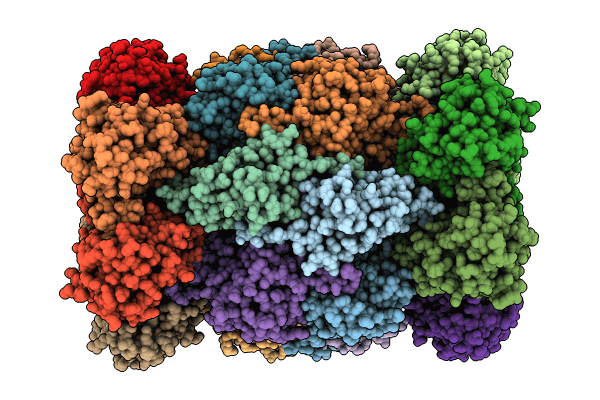
Deposition Date
2024-03-29
Release Date
2024-07-31
Last Version Date
2024-10-30
Entry Detail
PDB ID:
8YVP
Keywords:
Title:
canine immunoproteasome 20S subunit in complex with compound 1
Biological Source:
Source Organism:
Mus musculus (Taxon ID: 10090)
Method Details:
Experimental Method:
Resolution:
2.50 Å
Aggregation State:
PARTICLE
Reconstruction Method:
SINGLE PARTICLE


